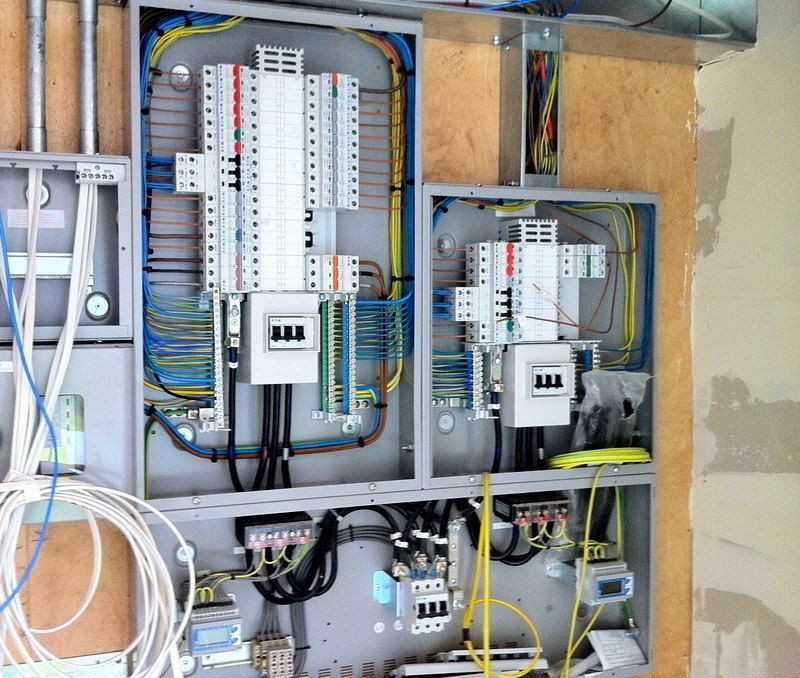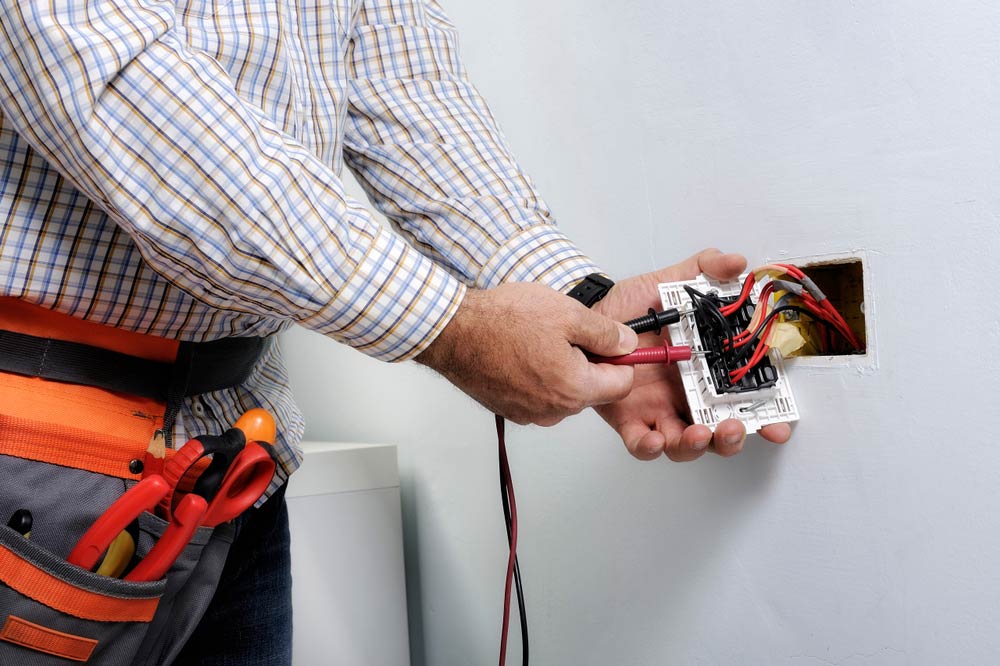Cutting-Edge Modern Technology with BRE Automation Australia Services
The Ultimate Overview to Electrical Setup: Tips and Techniques for a Safe and Reliable Home Circuitry System
In the realm of home maintenance, couple of elements are as crucial yet often ignored as the electric wiring system. Guaranteeing a secure and effective home circuitry setup demands not just a basic understanding of electric concepts but likewise functional understanding of installment techniques and maintenance procedures. From browsing the intricacies of cord links to troubleshooting typical concerns that may develop, this guide aims to furnish homeowners with the necessary pointers and devices required for a safe and secure and energy-efficient electrical system. By checking out the nuances of electrical precaution and energy-saving techniques, this comprehensive guide will clarify the ins and outs of home circuitry, encouraging individuals to take charge of their family's electric framework.
Comprehending Electric Precaution
To make certain the security of both individuals and residential property, understanding and carrying out proper electrical safety and security steps is critical in any kind of home electrical wiring task. It is important to perform a detailed examination of the electrical system prior to beginning any circuitry project to recognize potential dangers or issues that need to be resolved.
Additionally, making use of the appropriate tools and tools is necessary for keeping safety during electrical setups. Insulated handwear covers, voltage testers, and safety glasses are a few of the fundamental security equipment that should be used to prevent electrical shocks or mishaps. It is also essential to de-energize circuits prior to working with them and to identify all circuits and breakers clearly to prevent complication.

Vital Devices for Home Circuitry
Guaranteeing the correct implementation of electrical security procedures in home circuitry tasks entails making use of a details set of necessary tools created to help with the installation process efficiently and safely. Some of the key devices required for home wiring tasks consist of a voltage tester for checking real-time cords, wire strippers for getting rid of insulation from cables, a wire cutter for precisely cutting cables to length, a screwdriver set for protecting electric components, electric tape for insulation and securing links, a cable ripper for stripping cable sheathing, and a multimeter for gauging voltage, present, and resistance.
Step-by-Step Electric Installation Guide
Beginning an electrical installment project calls for thorough planning and adherence to security guidelines. Prior to beginning any work, ensure you have a comprehensive plan laying out the layout of the electrical system, including the positioning of outlets, switches, and components. Think about the power requirements of each gadget to identify the proper wire gauge and circuit breaker dimensions.
The primary step in the installation procedure is to turn off the power supply to the area where you will be working. Utilize a voltage tester to verify that the circuits are de-energized anonymous before touching any type of cables. Next, carefully get rid of existing fixtures or electrical outlets and detach the cords.
When installing brand-new wiring, run wires via walls and ceilings, safeguarding them in position with appropriate fittings. Adhere to regional building ordinance and maker instructions for appropriate cord setup and links. BRE Electrical Solutions. See to it to label cords for easy identification and future upkeep

Troubleshooting Common Circuitry Issues
Having actually finished the setup process as described in the previous subtopic, fixing typical electrical wiring problems is a crucial skill for making certain the safety and security and performance of your electrical system. One common issue is a stumbled breaker, often brought on by overloaded circuits or a brief circuit. To repair this, find the breaker panel, identify the tripped breaker by searching for the one not fully in the "on" placement, and reset it by turning it fully to "off" and afterwards back to "on." An additional widespread problem is a damaged outlet, characterized by no power or recurring power supply. Make sure the outlet is not controlled by a button, then use a voltage tester to look for power. If there is no power, shut off the circuit, examine the wiring links for any loosened or damaged cables, and replace the outlet if needed. Continuously flickering lights can show loose circuitry links or an overloaded circuit. To address this, check and tighten up all cable links in the impacted components and switches and rearrange the tons my latest blog post on the circuit to balance the electrical need. Regularly checking and immediately resolving these usual circuitry concerns will preserve the safety and effectiveness of your home electric system.
Tips for Energy-saving Electrical Solutions
For ideal energy effectiveness in electric systems, carrying out clever techniques and making use of energy-saving modern technologies is paramount. One essential tip for accomplishing an energy-efficient electrical system is to upgrade to LED illumination. LED bulbs take in substantially much less power than typical incandescent light bulbs and have a longer lifespan, making them an economical choice in the long run. Furthermore, setting up programmable thermostats can help regulate home heating and cooling systems, minimizing power waste when no one is home. An additional method is to buy energy-efficient home appliances that are ENERGY STAR licensed, guaranteeing they meet high standards for energy effectiveness. Proper insulation and securing of home windows, doors, and electric outlets can also protect against power loss, inevitably minimizing the workload on electric systems. Last but not least, think about including renewable resource sources like photovoltaic panels to additional decrease dependence on conventional power grids. By integrating these energy-efficient tips and modern technologies, home owners can not only save money on their electrical power costs however also minimize their environmental influence.
Final Thought
To conclude, executing correct precaution, utilizing important devices, adhering to a step-by-step setup overview, repairing common problems, and integrating energy-efficient pointers are crucial for a risk-free and efficient home electrical wiring system. By sticking to these techniques, homeowners can guarantee the durability and performance of their electric installations. It is essential to prioritize security and effectiveness when it involves electrical work in order to stop possible threats and to keep a trustworthy electric system in the home.